The collection of fast fashion brands has pioneered a new industry in China in 2002, with Uniqlo being the first fast fashion brand to open a retail store within that year.
In case you are not familiar with the term “Fast fashion”, it refers to the is clothing that are quickly transported from fashion shows to stores, merchandising the current fashion trends. Brands such as Zara, H&M, Forever21 are fast fashion brands.
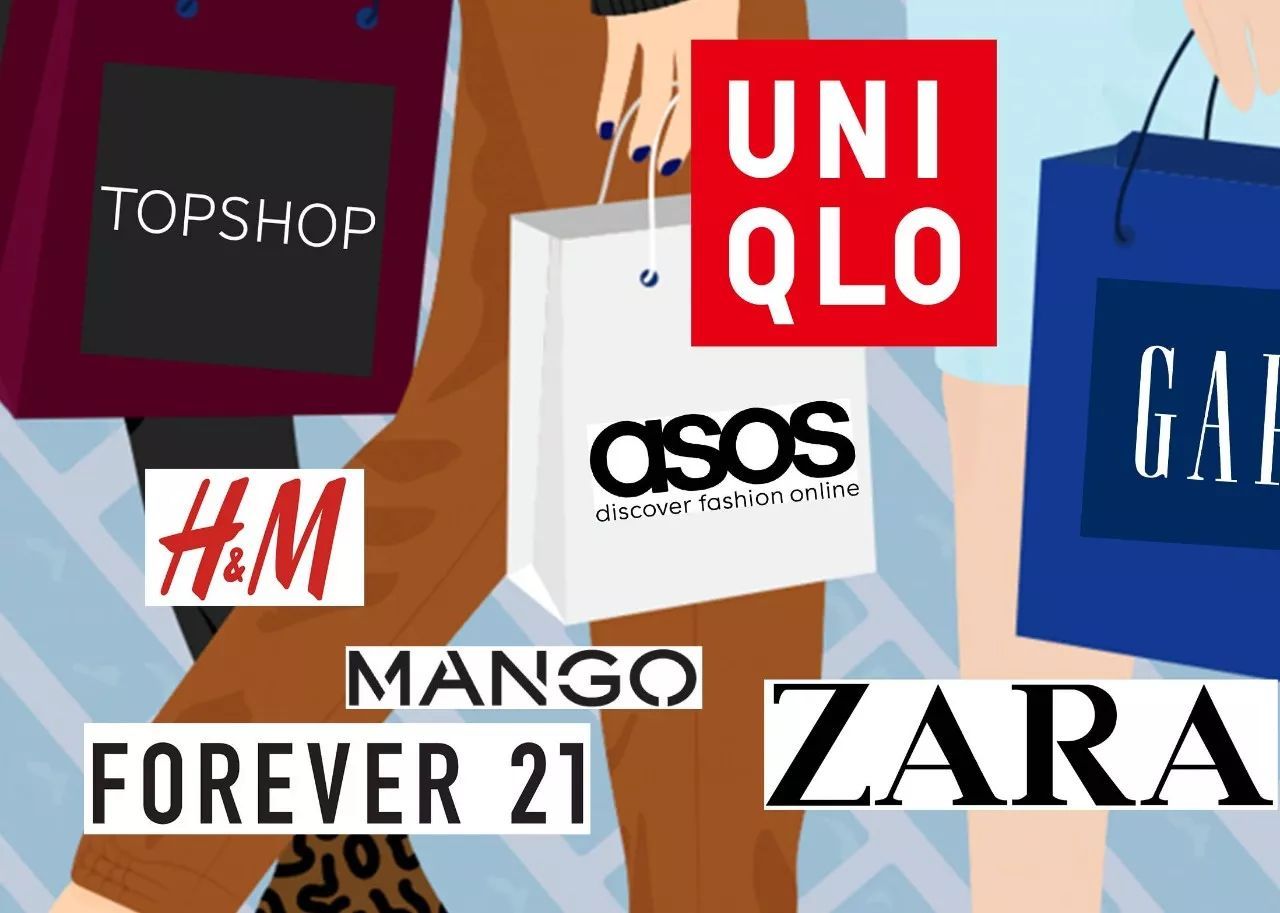
Source: Soho
Fast fashion brands have quickly merged into the market with the lower price ranges, the consistent product refresh and rapid delivery of current fashion trends have earned themselves a spot in the market with the entrance of Zara in 2006 and H&M in 2007.
In 2008, several fast fashion brands speedily grown in the first-tier cities with the developments of shopping malls and shopping centres for expansion. As of 2016, Zara have reached over 500 locations in China, H&M have over 370 locations with 91 in 2016, averaging one new location every four days. The first to the market, Uniqlo also have nearly 500 stores in China as well.
However, the expansion in the past year have not been easy for these international fast fashion brands.
The Slowing Of Fast Fashion In China
In the start of 2017, Uniqlo have shut down four locations, Zara have shut down their largest retail store in February, which have over 300 square meters, H&M have forsaken their annual goal to increase retail store from 10% to 15% while shutting down the store in Beijing Joy City, Forever 21 have shut down the only retail store in Tianjin and Hangzhou along with their first store in Beijing apm.
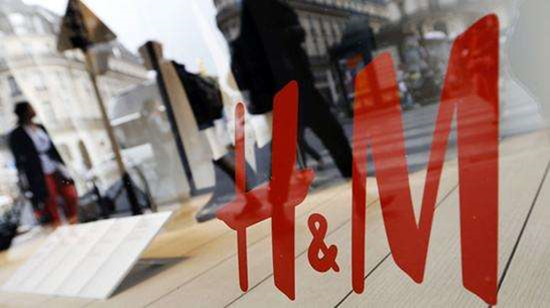
Source: Sina News
Aside from the stores noted above, C&A shut down their first location in Chengdu and Mango, being one of the older brands, also have planned to shut down 450 locations in department stores with very few locations remaining in the Chinese market.
But what brought the drastic regression of fast fashion?
The Growth Of Domestic Brands
Within the past years, some of the domestic fast fashion brands in China have quickly rise in the market with several strategy changes, rapidly impacting the international fast fashion brands.
The changes of focus in brand image, customer experience, product design, price range and marketing strategies is able to better meet with the Chinese consumers.
MJStyle as an example, with over 1000 meter squared of space for their store, have combined all the details for creativity, store arrangements, customer services and more to cater to the consumers, improving the overall customer experience. Westlink incorporated an leisure area within the store to provide consumers with an relax and comfort atmosphere to allow consumers to better understand brands and products. The store display and clothing style similar with Zara, Urban Revivo was once mistaken as the new clothing line from Inditex by the consumers have stood out in the industry with its cost-quality.
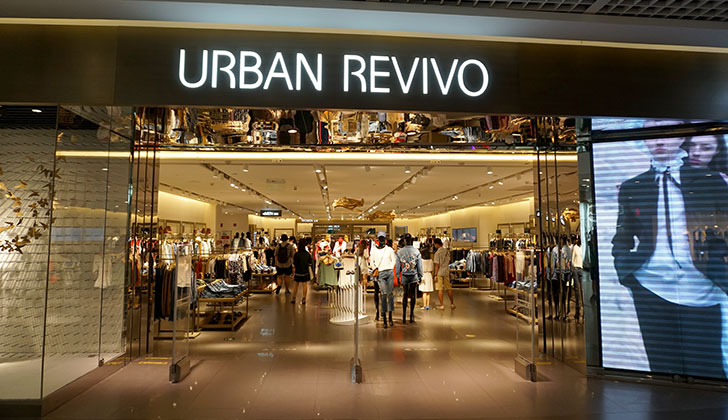
Source: InsideFashion
According to the Chinese clothing network report, Hotwind, MJStyle have expanded 160 and 101 new locations in 2016, surpassing some of the larger brands. In 2017, the expansion of MJStyle have surpassed H&M, Uniqlo, Zara and more with 200 new locations, occupying a share of the market.
There also domestic online brands rapidly growing with unique designs inspired by the Chinese culture to build up brand reputation, such as Handu, Inman, Hotwind, and JNBY.
Wanghong Store Competitions
“Wanghong” is a term referring to popular figures, individual on the internet, or internet celebrities. Thus, Wanghong stores are stores opened by these internet celebrities.
The development of the internet has innovated more shopping opportunities and options for Chinese consumers. Some fashion merchandising stores and wanghong stores opened by fashion KOL have gained attention from the consumers, steadily dominating the consumer groups of fast fashion brands. Additionally, with the business model for wanghong marketing developing, fast fashion brands are experiencing a huge impact.
One of the wanghong e-commerce representative, Da Yi Zhang, have nearly 8 million followers on her online store. In the double 11 period, Zhang utilized Weibo and live streaming to reach a ATV (average transaction value) of 2000 RMB and a total sales of over 1.2 billion RMB with an 434% increase of sales in November on Taobao. In comparison, the sales performance of Zara, Uniqlo and other fast fashion retail stores have also increased by 315%, remaining behind the wanghong store by a large margin.
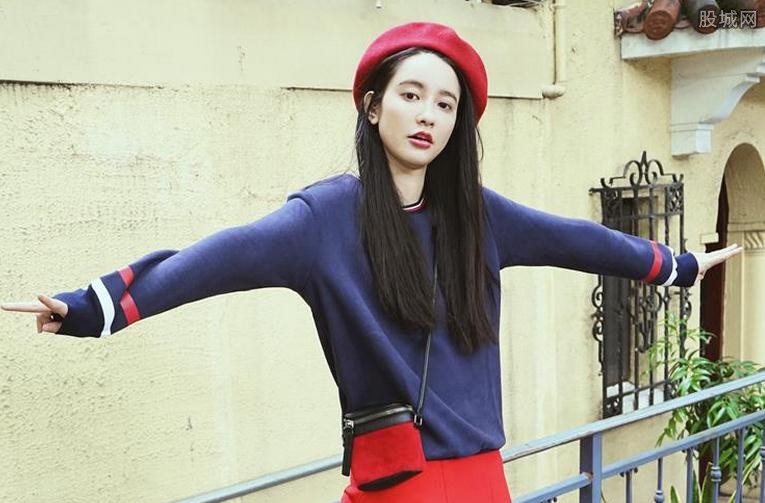
Source: Gucheng
Utilizing the power of the internet, wanghong is able to do marketing in a variety of social media platform to promote and interact with fans, thus the loyal fans have brought many leads and great value to wanghong stores.
Although several fast fashion brands also have Tmall stores, the amount of interaction and communication is incomparable to the influence of wanghong, inspected from the official accounts of Zara, Uniqlo and more.
Concept of value and consumption
Previously, fast fashion brands rely on the quick release of new products from well-known brands to provide consumers with a trending fashion piece at a lower price point to profit.
Presently, generation x and y have become the major consumer groups for fast fashion. But with the entrance of cyberspace, social media and ecommerce have provided them with more channels for information, increasing their knowledge on fashion, pursing for uniqueness and quality.
Thus, brands such as H&M that rely on designs of larger brands to release standardized products in bulk is unable to meet the demands of Chinese consumers who wants varieties and to be unique while following trends.
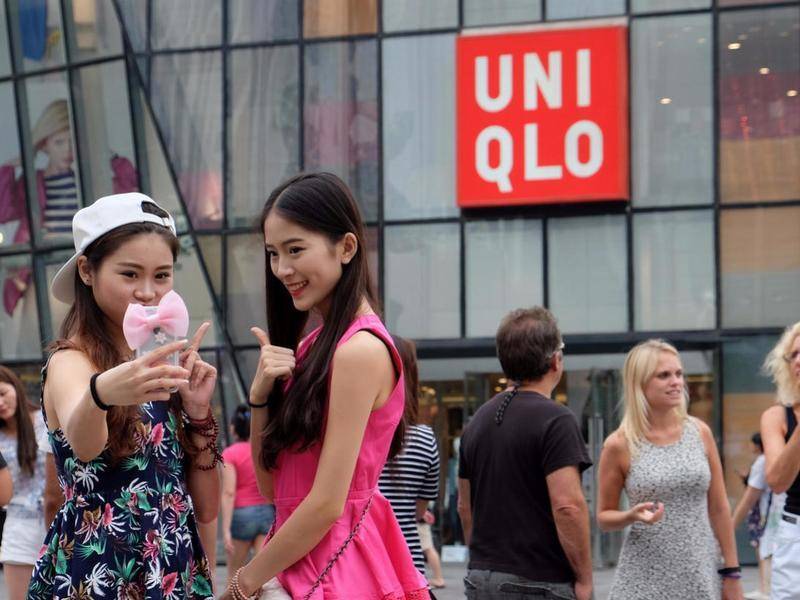
Source: INDEPENDENT
Additionally, the attraction between consumers to fast fashion is weak. The general consumers do not always purchase clothing from these fast fashion brands because they like them, but because Zara, Uniqlo or H&M are the only available option at their budget.
Once the relationship between brands and consumers are weaken, the brand loyalty also decreases, followed by the loss of consumers.
Low Quality Is A “No”
Another cause for the regression of fast fashion is the focus on expansion, overlooking the quality.
To maintain the rapid changing trends, fast fashion brands consistently refreshing the product range have begun neglecting quality control, falling far below the standards for quality. Some brands are also often blacklisted by the departments of business and quality introspection in China.
Between 2012 to 2016, H&M had a total of 30 products reported unqualified, and Uniqlo on the other hand have been charged nearly several millions for retailing unqualified products. In the report published by the General administration of quality supervision, inspection and quarantine named “Unqualified information of imported industrial products of May 2017” reported multiple fast fashion brands, such as Guess, H&M, Topshop, Levi’s, GAP for color fasting, pH-levels formaldehyde and other factors falling below the standards, resulting in returns or destroyed.
Following the rapid changing trends in fashion may be important, but with the increasing numbers of brands and competitions, quality is a crucial factor for success in the industry.
Financial Pressure
One of the contributing factors for the quick popularity of fast fashion in China in the early stages is due to the new policies for shopping malls and shopping centers for brand curation, but the high renting costs have now become one of the obstacles for fast fashion brands and their expansion.
As a commercial building, their ultimate goal is to utilize the effects of fast fashion to bring in traffic for the center, rather than the opposite. Thus, when fast fashion brands is unable to accomplish this goal, the disadvantages of this business model is apparent, and fast fashion performance begins its downhill.
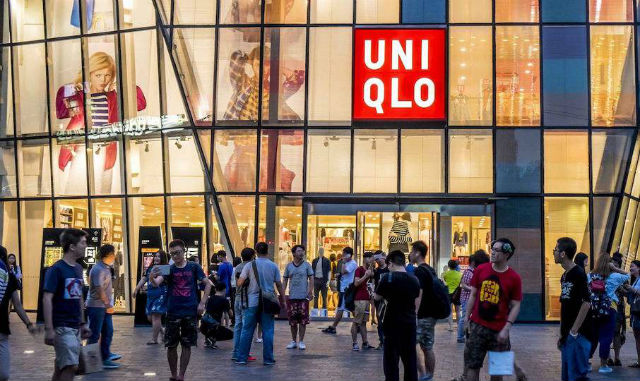
Source: Sina Technologies
With the continuous development of the internet, some of the online brands have shifted over to ecommerce platforms to lower business expenses, while being able to reach out to the third or fourth tier cities, expanding their consumer groups.
However, brands that are developed in the first or second tier cities are difficult to submerge into third or fourth tier cities, such as H&M. Thus, when the convenience of ecommerce and online shopping arrives, the expensive rents is the main contributing factor for fast fashion brands’ exit out of the shopping centers.
Gambling On The Chinese Market
Retail Transformation
Despite facing a development bottleneck, many fast fashion brands still continue to invest in the Chinese market. Embracing the innovative transformation for retail model will be one of the solutions.
Presently, Uniqlo is the best performing fast fashion brand in ecommerce.
In 2009, Uniqlo have opened an online store in Tmall, beginning its ecommerce journey.
In July of 2017, Uniqlo begun promoting in hundreds of their locations of their new “Smart Buyer” technology, increasing the conversion rate by 15%. In the double 11 (November 11) period in 2017, Uniqlo begun executing their “Shop online, pick up in store in 24 hours” services, where consumers can also enjoy the offline customer service when picking up, such as exchanging colors, sizes, and tailor services for free.
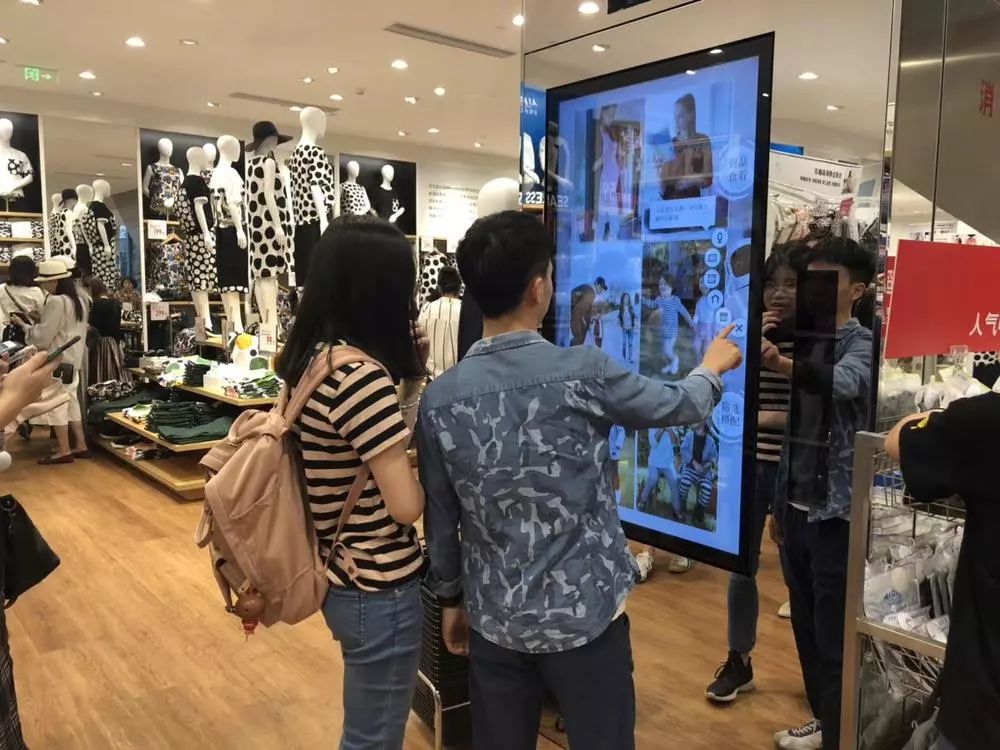
Source: Shangyexinzhi
The innovative retail services have greatly benefited Uniqlo where sales have reached one billion RMB in little less than a minute during the double 11. Within that year, the e-commerce sale of Uniqlo have accounted for 10% of the total sales, reaching 20.6 billion RMB, which is nearly ¼ of the total sales of H&M in an entire year.
The e-commerce aspect solved a portion of the sales performance and inventory concerns for Uniqlo, but e-commerce also requires additional expenses and the management skills, as well as cooperation of a brand.
New Product Line
On the journey of rebranding, many fast fashion brands continue to launch new product lines.
For example, after H&M have launched two high-end product line in 2017 called “COS” and “ARKET”, H&M also officially launched their 9th brand, Nyden in 2018. Nyden is focused on collaborations with KOL releasing limited edition or exclusive products targeting the millennial consumers.
The developing clothing line for children in GAP have opened their first retail store with the children product line in Hangzhou, with new releases every two to three weeks provided by the U.S. design team.
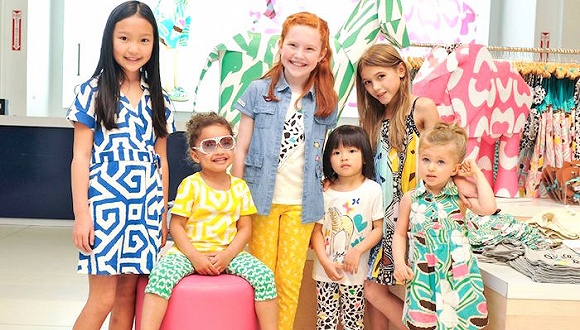
Source: Jiemian
The international fast fashion brands in China realizes the rapid development stage has ended, and the solution to prevent their business from going downhill in China is to market different brands, style, products and strategies into the Chinese market to stand out within the industry, while reaching out to a variety of audiences. However, only time will tell the effectiveness of their workings.
Improved In-store Experience
After the impact of fast fashion on e-commerce, fast fashion brands with retail stores are beginning to take notice of the offline experience.
Take Zara as an example, the interior design of their location opened in Shenzhen and Shanghai have changed drastically. The overall atmosphere is bright, simply, with unique furniture pieces, fragrance counter, and fitting room for the children section to enhance the shopping experience of the consumers.
C&A on the other hand have incorporated green retailing factors into their new location, emphasizing the environment, with larger fitting rooms, an new resting and charging area to elevate the customer experience.
There are also retail stores that has attained virtual fitting technology using LED displays, such as GAP and Uniqlo, attracting more traffic into the store, while providing consumers with a new type of experience.
Where Will Fast Fashion Lead To In China?
Since the start of 2017, the competition between fast fashion brands in the Chinese market have entered its stages. The period where international fast fashion brands such as H&M, Zara dominating the market is now over, with fresh new brands surging in.
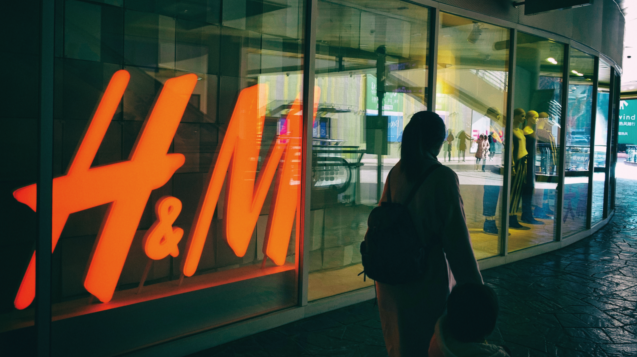
Source: Yicai
One of the reasons for the change in the fast fashion industry is due to the changes in consumers. Brands have to consistently keep their audiences interested and loyal to your brand, and this can be easily influenced by the demands to increase brand and product recognition. Thus, the sacrifice of quality for fast releases is unnecessary as the Chinese consumers are more willing to make quality purchases over quantity purchases.
Another reason is due to the maturation of the fast fashion brands in the first-tier cities in China. Rather than focusing on the expansion into the third and fourth tier cities, brands must focus on improving the shopping experiences of their retail stores to create unique and impactful experiences to consumers.
Lastly, with most of the manufacture lines in China, the cloth dyeing process technology in China is now well surpassing all other countries, thus the effects of keeping the production line domestically will improve the effectiveness and expenses for shipment for brands.
There will be competition in any business industry, but to know the demands of consumers with an open-mindedness for new and creative strategies to meet the demands is the best philosophy for fast fashion brands, or any brand in general.
Keep yourself on top of what's happening in China
Studies, guides, news and other digest of China delivered right to your inbox.
No Charge. Unsubscribe anytime.





